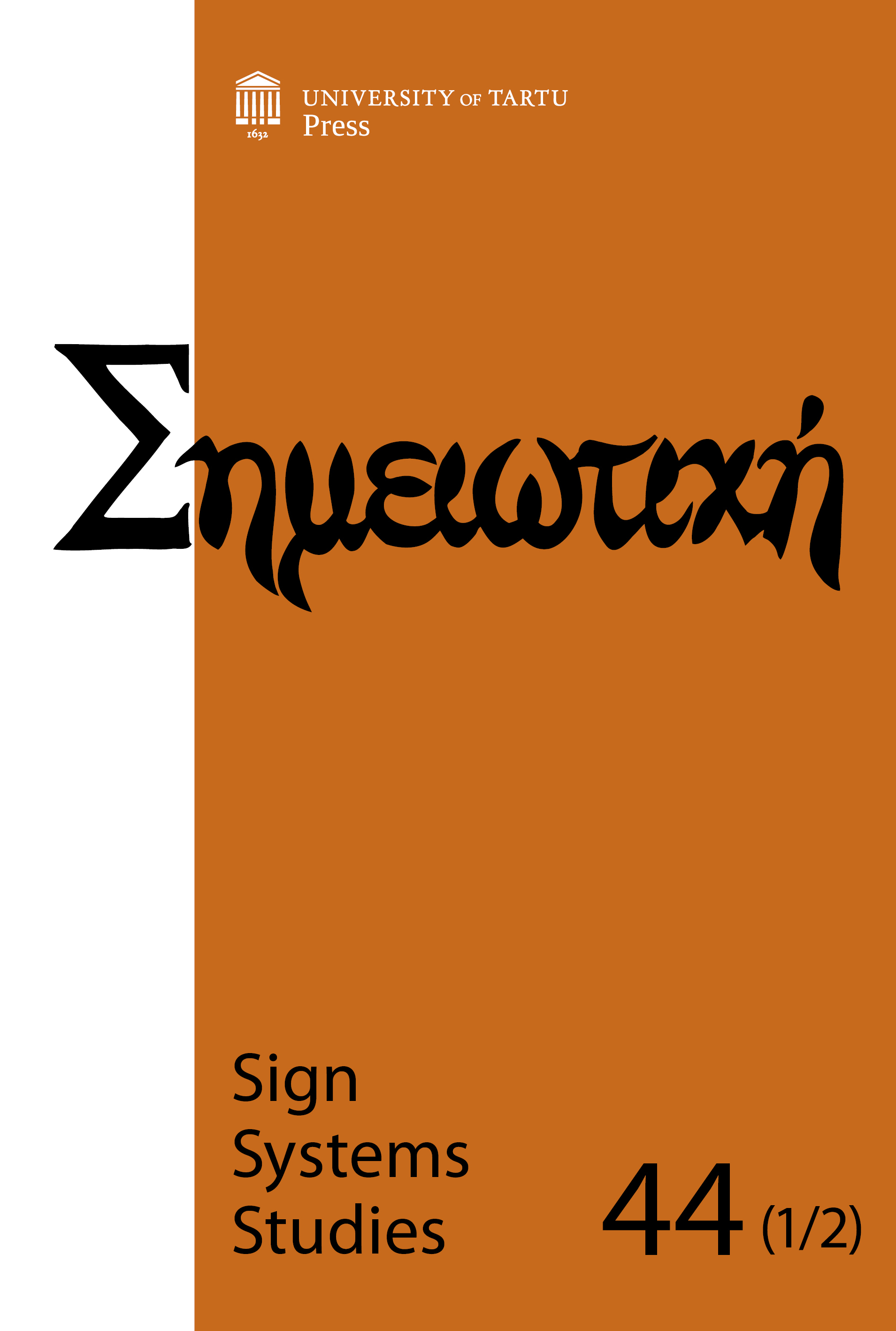Ecosemiotic aspects of zoomorphic metaphors: The human as a predator
DOI:
https://doi.org/10.12697/SSS.2016.44.1-2.13Keywords:
metaphor, predation, rhetorical order, Argentinian cultureAbstract
Through history, predatory features are used to constructs when constructing textual representations on the human/animal frontier. The predatory act has remained a recurring motif that emerges from a metaphoric system in cultural imagination. An ecosemiotic approach to this topic allows us to understand how specific predatory behaviours constitute a source of meaning: in other words, how an alleged “animal tendency” is appropriated (translated) into various cultural texts through metaphors, creating a rhetorical order. To illustrate this, some features of metaphors of predatoriness in certain texts in Argentinian culture will be reviewed. A particularly vivid example is provided by two species, the cougar and the jaguar, that have generated cultural translations which expand and proliferate into contemporaneity. These translations constitute a form in which culture metaphorizes aggressiveness and interprets certain species from a historical and ideological perspective. The Argentinian cases suggest a revision of how history has treated the cultural other in terms of cultural and biological inferiority.Downloads
Download data is not yet available.
Downloads
Published
2016-07-05
How to Cite
Gómez Ponce, A. (2016). Ecosemiotic aspects of zoomorphic metaphors: The human as a predator. Sign Systems Studies, 44(1/2), 231–247. https://doi.org/10.12697/SSS.2016.44.1-2.13
Issue
Section
Articles


